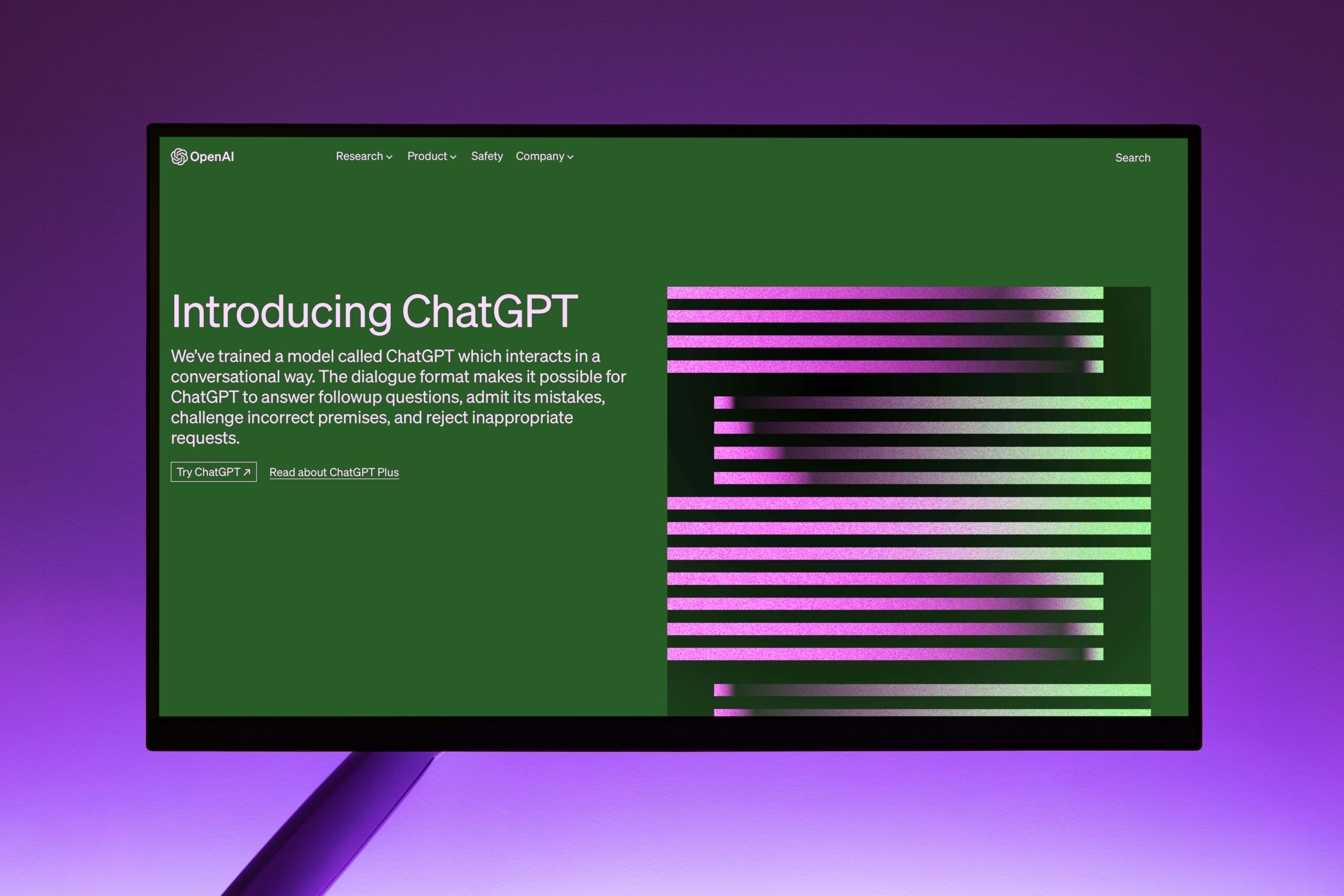Chatbots and Their Hidden Data Value
End user interaction with a chatbot can create unpredictable amounts of data. An efficient bot architecture incorporated with data analytics capabilities will deliver exceptional business values to both users and companies by providing operational experience, better customer experience, and instrumental recommendations for conversational improvements.
A great benefit of chatbots is automated collection of information about end users. They help to get more clarity on a user’s inclinations and preferences toward a product or company through real-time conversations. Many companies leverage this technology already to create real-time shopper experiences, drive marketing campaigns or automate customer service.
In addition to the efficiencies gained through the use of chatbots, the data collected through them carries enormous value that often remains unrealised. Let’s take a closer look at what can be done to unleash the power of this data.
Critical Metrics to Help Improve Chatbot Performance and Customer Value
Why Does Chatbot Analytics Matter?
The benefits of chatbot analytics often go unnoticed and undervalued by many companies. Despite not directly impacting the success of a chatbot campaign, these analytics can offer valuable data for identifying opportunities for growth and improvement. By properly designing chatbots, they can gain insight into users‘ perspectives and pinpoint pain points related to products.
Depending on the chatbot’s deployment mode, functions, and user demographics, the KPIs to monitor may vary. Nevertheless, there are several key metrics that can provide valuable insights from chatbot analytics.
Active Users
It is crucial to track the data of active users for any chatbot. This KPI offers insights into the chatbot’s overall popularity and serves as a reliable metric for measuring success. If there is a decline in this metric, it may indicate the need to redesign the chatbot use cases.
Session Length / Steps Per Conversation
Evaluating a chatbot’s capacity to engage in meaningful, prolonged conversations with users relies heavily on the duration of each session. The optimal length of a session may vary depending on the use case and conversational context. While a shorter session length could be desirable, it is typically a sign that the chatbot program is experiencing some kind of issue. Conversely, lengthy sessions usually suggest that the bot can sustain extended interactions with humans.
Nonetheless, it is crucial to keep track of the number of steps required to address each customer’s inquiry per conversation, especially in customer service scenarios. In these cases, chatbots should strive to resolve each question with the least number of conversation steps possible.
User Chatbot Ratings
User feedback is crucial for the success of a chatbot. Allowing users to rate the chatbot based on their satisfaction and productivity level is an effective way to identify the chatbot’s strengths and weaknesses.
It is recommended to collect feedback on a per-chat basis rather than for the chatbot as a whole to quickly identify weaknesses in the conversation flow. If a user gives a low rating, it does not necessarily mean that the chatbot is a failure, but rather that there is still room for improvement.
Some common chatbot flaws include incorrect answers, inadequate conversation design, repetitive responses, and gaps in knowledge.
Chatbot Fallback Responses
It is essential for your chatbot to have fallback responses ready in case it cannot provide appropriate answers to user messages. Rather than providing inaccurate responses or remaining silent, the chatbot should inform users that it could not find a match.
Monitoring the frequency of failed replies and the messages that prompt these responses can help identify issues with Natural Language Processing (NLP), knowledge gaps, or unclear user expectations. If the chatbot is unable to answer certain questions, it may indicate a knowledge gap that needs to be addressed or a lack of service offered by the chatbot.
However, if the chatbot frequently falls back on responses when it should be able to answer the questions, this suggests an NLP failure, and the chatbot’s NLP must be trained to better recognize the variations in how users phrase their queries.
Sessions Per User
It is important to monitor the number of sessions and the flow of conversation for each end user to determine if your chatbot is performing effectively. Reviewing conversations in which users interacted with the chatbot the least can help identify which issues it was unable to resolve.
Additionally, analyzing users who have had multiple sessions with the chatbot can provide insight into what it is doing well. With this ad hoc analytics approach, you can recreate different conversation types and improve the chatbot’s programming to better serve users.
Click-Through-Rate (CTR)
At present, CTR is not considered a crucial metric, but it is predicted to become an important KPI in the near future. It is important to note that if an interaction is intended to be self-contained, with sales or service processes being entirely managed through the chatbot, a high CTR could be a concerning indicator.
User Demographics
It can be particularly interesting to look at additional user characteristics (if available). For example, some messages might be liked more by female users than others. If that is the case, there might be value in splitting out a message into two different messages – one for female users and one for others – using slightly different wording. Or at least a company would know more about the target group they should be going after.
Causes for Confusion
It is self-evident that confusion triggers shed light on how your chatbot responds to difficult tasks and requests and how users react to it. Since users may ask a question or make a request in countless ways, a chatbot’s typical response to such instances is „I don’t understand.“
If you observe a recurring pattern of such responses from your chatbot, the questions become confusion triggers, and you need to examine each case separately to determine the best way to prevent this from happening again.
The Ultimate Return on Investment
This is a more intricate matter that entails merging the chatbot’s data with the sales and/or pipeline data of the company that employs the chatbot. Typically, this can be accomplished through technology integrations with the relevant software vendors for sales or payment.
The integration of both data sources – the chat data and the sales/pipeline data – could be accomplished through a cloud data warehouse. Ultimately, you could examine these datasets to determine the correlation between the use of a chatbot and a company’s sales results. Ideally, you will discover definitive evidence of your chatbot’s value.
If you’d like to deep dive into this topic together with a data analytics expert, be kindly invited to get in touch with me here.



